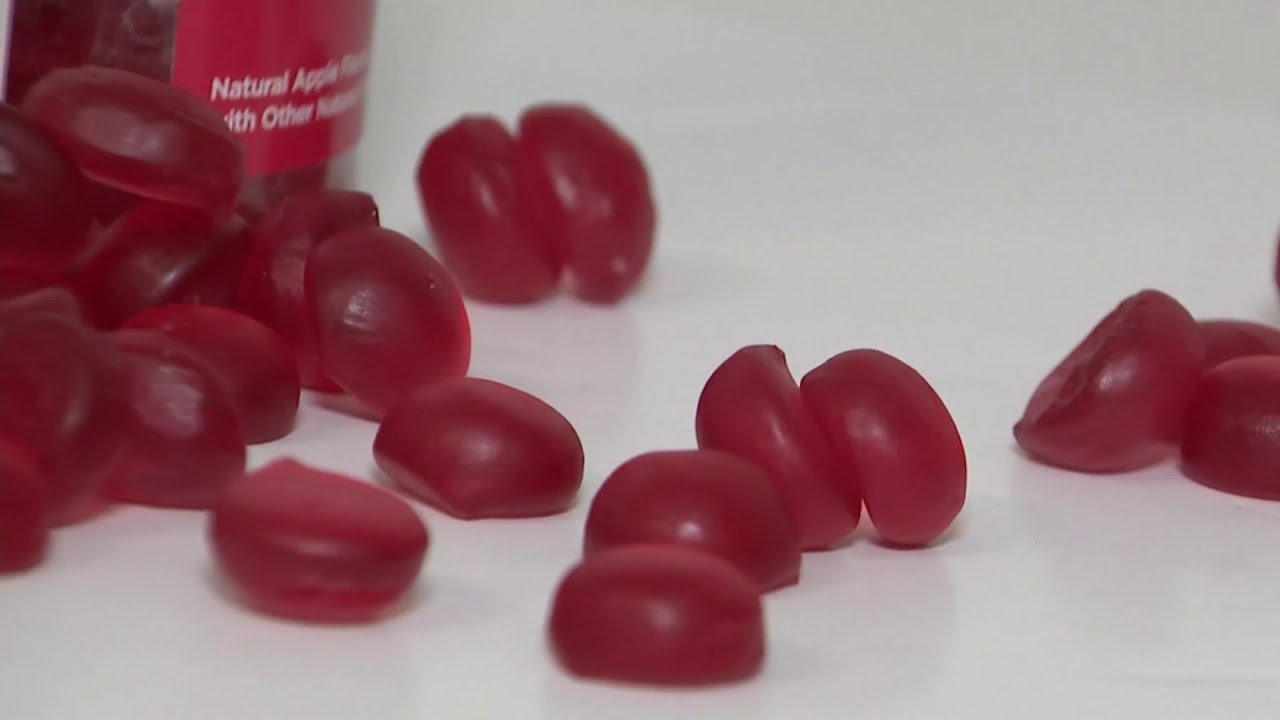Keto Sourdough Bread: A New Era in Low-Carb Baking
The ketogenic diet has gained immense popularity in recent years, primarily due to its effectiveness in promoting weight loss and improving overall health. One of the biggest challenges individuals face when adopting a low-carb lifestyle is finding substitutes for traditional foods that are central to many diets. Bread, in particular, is a staple that many find difficult to relinquish. Enter keto sourdough bread—a delightful innovation that allows you to enjoy the tangy flavor and satisfying texture of sourdough without the high carbohydrate content. In this article, we will explore the basics of keto sourdough, its advantages, and how to make two scrumptious low-carb recipes that will satisfy your cravings. By incorporating alternatives such as almond flour, coconut flour, and psyllium husk into the dough, we can achieve a texture and flavor that rivals traditional sourdough. Touted for its nutritional benefits, keto sourdough bread not only fits into a ketogenic lifestyle but also serves as an excellent option for those looking to reduce their carb intake for various health reasons, including diabetes management and metabolic disorders.
Making keto sourdough bread is easier than you might think. With the right ingredients and a little patience, you can create loaves that are both nourishing and delicious. The process of cultivating a sourdough starter is integral to achieving that distinctive flavor and texture characteristic of traditional sourdough. While this may require some time and nurturing at the beginning, the payoff is well worth it. In addition to being a fun culinary project, baking keto sourdough bread offers more control over what goes into your food, allowing you to avoid preservatives and additives commonly found in store-bought bread.
Moreover, keto sourdough bread is versatile and can be used in various dishes. From sandwiches to bruschetta, the possibilities are endless. Whether you’re making a classic avocado toast or crafting a savory garlic bread, this bread complements a myriad of toppings and flavors. This article will detail two fantastic keto sourdough recipes that you will surely love, so you can impress your family and friends while remaining committed to your health goals. Remember, adopting a low-carb lifestyle does not mean sacrificing the joy of eating delicious bread—it can be an exciting culinary adventure! Let’s dive into the specifics of crafting your keto sourdough bread.

The Benefits of Keto Sourdough Bread
Keto sourdough bread stands out in the low-carb bread arena for several compelling reasons. First and foremost, it significantly reduces carbohydrate intake while still delivering the satisfying experience of eating bread. Traditional sourdough involves fermenting wheat flour, which naturally results in higher carbs due to the starches present. By substituting traditional flours for low-carb options like almond and coconut flour, you can enjoy the same texture without the excess carbs that can hinder your keto journey. This balance allows those on ketogenic diets to indulge without guilt, satisfying their cravings while adhering to their nutritional goals.
Another notable benefit is the nutritional density that comes with keto sourdough. Almond flour is rich in protein and healthy fats, contributing to satiety and energy levels. Coconut flour, on the other hand, is high in fiber and may help with digestive health. The fermentation process involved in creating sourdough can also enhance nutrient absorption, leading to better metabolic function. When you consume keto sourdough bread, you’re not just reducing carbs; you’re also increasing the quality of nutrients you take in. It’s a win-win strategy for health-conscious eaters.
Furthermore, keto sourdough bread can be a great way to engage in wholesome cooking and baking practices. The act of making your sourdough starter and bread can serve as a mindful process, allowing you to connect with your food and better appreciate the ingredients you’re using. Engaging in this practice can also inspire creativity in the kitchen, as you can experiment with various flavors, spices, and add-ins. The bread can serve as a canvas for your culinary artistry, bringing meals to life and transforming ordinary ingredients into something extraordinary.
Crafting the Perfect Sourdough Starter
The cornerstone of any sourdough bread is the sourdough starter itself. Creating a keto-friendly sourdough starter requires some time but is manageable with commitment and patience. The primary ingredients you’ll need are almond flour, water, and a pinch of salt. Begin by mixing equal parts almond flour and warm water in a glass jar, ensuring it’s well-combined. Cover loosely with a lid or cloth to allow air circulation while protecting it from contaminants. The yeast present in the environment will naturally begin to ferment the mixture, starting the bubbly process you want to achieve. It typically takes about five to seven days to cultivate a strong starter, depending on the temperature and humidity in your area.
Each day, you’ll need to “feed” your starter by adding fresh almond flour and water while discarding some of the mixture. This feeding process encourages yeast growth and helps develop the characteristic sour taste. You know your starter is ready when it doubles in size within a few hours of feeding and exhibits a pleasant sour aroma. This indicates a healthy colony of yeast and beneficial bacteria. As an additional tip, utilizing bottled or filtered water can enhance the quality of your starter since chlorinated tap water can inhibit yeast growth, leading to a less effective fermentation process.
Once your starter is robust and bubbly, it’s time to use it in your low-carb sourdough bread. If cared for properly, your sourdough starter can last indefinitely, requiring periodic feeding even if not in daily use. Storing your starter in the refrigerator can slow down the fermentation process and lengthen the time between feedings, allowing for more flexibility in your baking schedule. The joy of having a living starter means you have the power to create delicious, low-carb bread whenever the mood strikes.
Two Delicious Keto Sourdough Bread Recipes
Now that you have a solid understanding of how to create your keto sourdough starter, it’s time to put that knowledge into action with two unique recipes. The first recipe will be a classic keto sourdough bread loaf, while the second will explore sweet options with a keto twist. Both recipes prioritize simplicity and flavor, ensuring that even beginner bakers can succeed.
For the classic keto sourdough loaf, gather the following ingredients: one cup of your active sourdough starter, two cups of almond flour, a teaspoon of baking powder, half a teaspoon of salt, and warm water. Begin by preheating your oven to 350°F (175°C) and greasing a loaf pan. In a mixing bowl, combine the almond flour, baking powder, and salt. In a separate bowl, mix the sourdough starter with the warm water until well blended, then gradually add the dry mixture until the dough holds together. Transfer the dough to the prepared loaf pan, smoothing the top, and bake for about 30-35 minutes or until golden brown and a toothpick comes out clean. Let it cool before slicing to maintain its structure.
The second healthy recipe is a delightful keto sourdough cinnamon bread. For this recipe, you’ll use similar building blocks while adding flavors to create a sweet option. You’ll need one cup of your sourdough starter, two cups of almond flour, one-fourth cup of erythritol (for sweetness), two teaspoons of cinnamon, two eggs, and half a teaspoon of baking powder. Preheat the oven to 325°F (160°C), grease your loaf pan, and combine all dry ingredients in one bowl while mixing the starter and eggs in another. Combine the mixtures until smooth, then pour into the prepared pan and bake for 40-45 minutes. The aroma will fill your kitchen, creating anticipatory excitement around your delicious low-carb treat!
Incorporating Keto Sourdough into Your Everyday Meals
The versatility of keto sourdough bread makes it an essential addition to any low-carb lifestyle. Its excellent flavor and texture allow it to serve as a substitute for traditional bread in various meals. For instance, you can enjoy it as a base for open-faced sandwiches, breakfast sandwiches, or explore creative toppings like egg salad or smoked salmon with cream cheese. When you can eliminate the heavy carbs while still enjoying a satisfying meal, you begin to realize how keto sourdough can change the way you approach food.
Additionally, keto sourdough can substitute in recipes beyond typical bread applications. Use it to create croutons for a salad, making the dish more filling and delicious while retaining a low-carb profile. Bake small buns for sliders or as dinner rolls to accompany your meals. The hearty flavor of the sourdough pairs exceptionally well with savory options, further enhancing your dining experience while keeping it healthy. Experimenting with herbs and spices in the dough can transform your basic sourdough into something uniquely tailored to your palate.
Lastly, if you discover you have extra sourdough bread, it’s easy to freeze for later use. Slicing the loaf before freezing helps you easily grab pieces as needed without defrosting the whole loaf. Toasted slices can make great morning meals, whether topped with avocado, butter, or nut butter. By incorporating keto sourdough into everyday recipes and meals, you embrace a lifestyle that promotes both satisfaction and health without feeling deprived.

Wrapping Up the Keto Sourdough Experience
Baking your keto sourdough bread can be a gratifying experience that not only supports your health goals but also brings joy to every meal. This transition from traditional bread to a low-carbohydrate alternative doesn’t have to feel daunting or limiting. Instead, with creativity and the right ingredients, keto sourdough presents a new way of enjoying bread that suits your life. Every aspect of this journey, from cultivating your sourdough starter to perfecting your recipes, contributes to a deeper relationship with food and encourages the exploration of what can be deliciously created within the boundaries of a healthy diet.
Some common questions arise in this culinary adventure, such as “How often do I need to feed my sourdough starter?” or “Can I use it right away?” Maintaining a healthy starter often requires weekly feedings if stored in the fridge, while a few days may be enough if kept at room temperature. If you want to use your sourdough starter for baking, ensure it is well-fed and active for optimal results.
Additionally, the taste of keto sourdough may differ from traditional sourdough due to the ingredients used, but the comfort and satisfaction it provides are unmistakable. What’s more, baking with alternative flours can leave you with unique textures and flavors that you may find enjoyable in their own right. So whether you’re a seasoned baker or a newbie in the kitchen, keto sourdough bread can fit seamlessly into your dining routine, turning every bite into a celebration of flavor and health.


